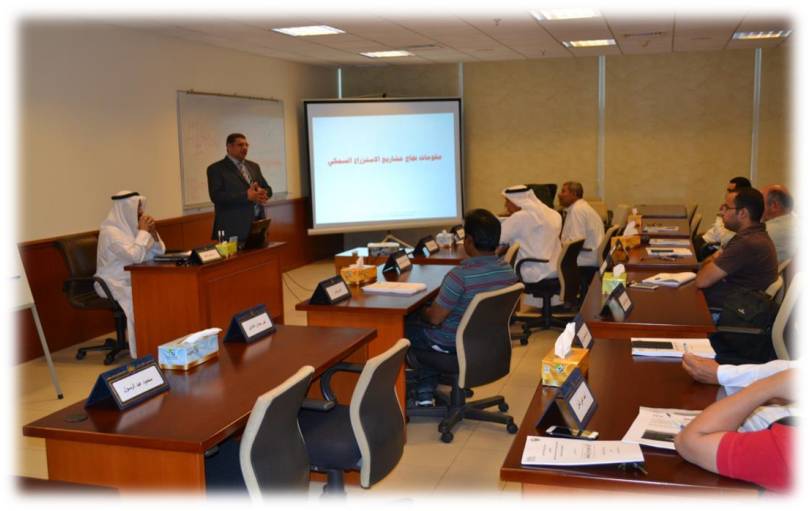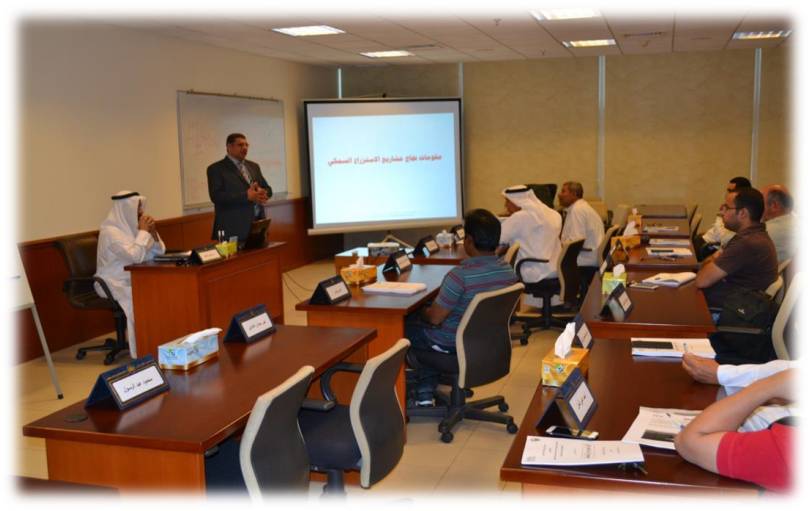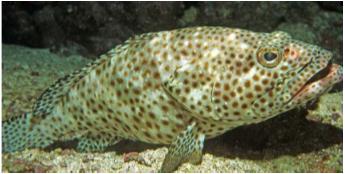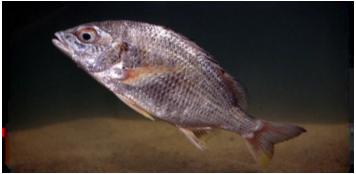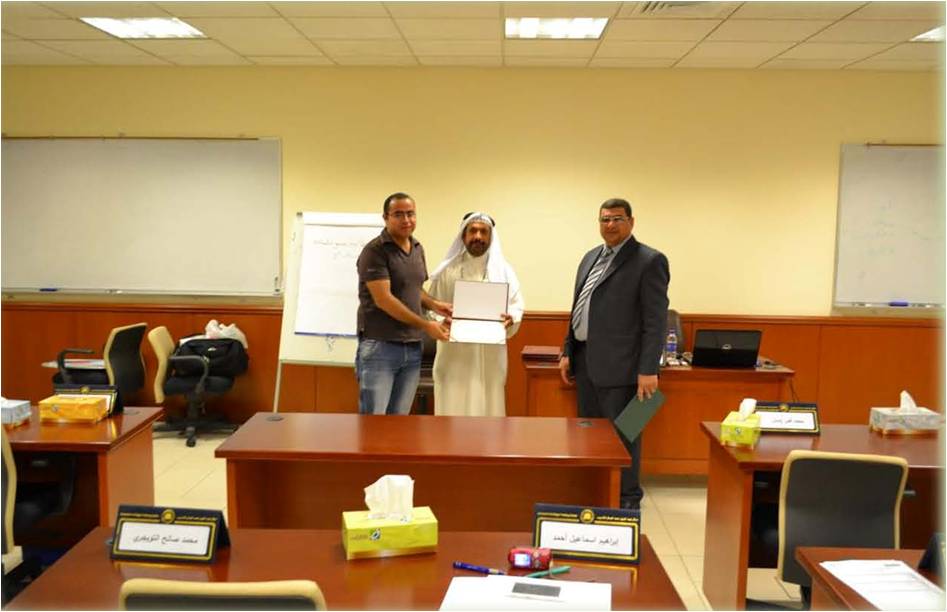Featured Video
Biosecurity course in fish farms
Dar Al-Khalaf Training Institute in cooperation with the Abdul Aziz Hamad Al-Saqr Center for Development and Development, Kuwait Chamber of Commerce and Industry held the Training Program (Biosecurity in Fish Farms) from 26 to 28 April 2015
In his opening remarks, Dr. Sultan Al-Khalaf initiated an overview of the amount of fish and shrimp being harvested in Kuwait in the last census of about 400-600 tons. He also mentioned the importance of the success of fish farming projects and pointed to the importance of economic indicators of fish farms, The project gave several examples of companies operating in this field for a long time in Kuwait and the Arab region and the success of this experiment and its effective contribution in providing fish throughout the year at reasonable prices to consumers.
The students interacted with the lecture and some of them presented some of the problems they face in their fish farms. Dr. Sultan Al-Khalaf recommended the observations and problems that these farmers suffer to be presented to the experts of the Kuwait Foundation for the Advancement of Sciences.
He also discussed the importance of biosecurity in fish farms. This was demonstrated by the problems caused by fish diseases causing severe losses to farmers who did not give enough attention to the application of biosecurity in their farms. He then went on to the different feeding species used in the breeding ponds as well as the mechanical devices used in the ventilation of the ponds.
And what requires the production of fish with good specifications, which requires him to apply some general rules proposed, which must be taken into account during the production stage
The source of the water in which fish are grown should be from non-polluting natural sources.
Do not use any chemicals or vital certificates or promoters of unauthorized growth of Hermon during different stages of education, accusing it of food.
The raw materials used in the manufacture of fish feed from natural sources and free of meat powder and any unhealthy additives
He also touched on the components of the success of the fish farm, which include after the identification of the good location of:
Provide the quantity and quality of fry and fingerlings needed.
Provision of industrial fish feed and feed.
Give priority to the breeding and culture of local fish known to the consumer such as Tilapia, Bori, Sabiti and Hamour.
Dr. Sultan Al-Khalaf also discussed the emergence of aquaculture research in Kuwait through the Kuwait Institute for Scientific Research (KISR), which began its research on large-scale shrimp cultivation in 1972 in cooperation with Japanese fisheries experts. Commercial shrimp cultivation became an increasingly important issue in the 1980-1984 project activities.
As for fish farming, a first survey showed that the most suitable species for agricultural studies are:
The Grouper (Epinephelus tauvina). Acanthopagrus latus and the Meed. A natural attempt to fertilize the moths was carried out in 90 m3 tubs of water, and modern larvae were hatched until they were 26 days old.
The explanation of the training program (Biosecurity in Fish Farms) was completed by a fish research expert in the Arab Republic of Egypt, speaking about the objectives of biosecurity in fish farms and how to manage fish farms to obtain herds of health and good immunity from diseases.
He also talked about how to manage the pathogens and the work of a system of quarantine of the seeds from abroad to ensure that they are free from diseases. The explanation also included a practical part in the discovery of signs in the fish and the anatomy of the tilapia to illustrate this.
Anatomy of tilapia
Distribution of certificates























































































